Life
Sign up for our newsletter
We summarize the week's scientific breakthroughs every Thursday.
-
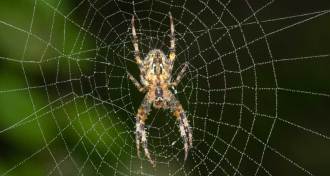 Ecosystems
EcosystemsCity spiders may spin low-vibe webs
Spider webs built on human-made materials have less background bounce than those built on trees and other natural surfaces, which might shrink the arachnid’s hunting success.
By Susan Milius -
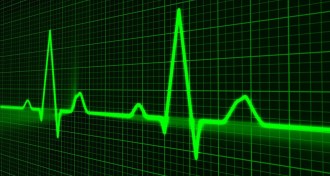 Neuroscience
NeuroscienceHeartbeats help people see
People were more likely to spot a flash of a hard-to-see ring when the image was presented right after a heartbeat
-
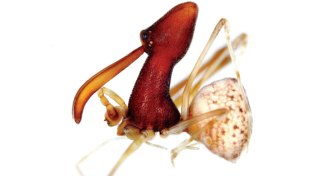 Animals
AnimalsPelican spiders: slow, safe assassins
Spiders, thank goodness, haven’t evolved assassin drones. But the specialized hunters of the family Archaeidae can kill at a distance.
By Susan Milius -
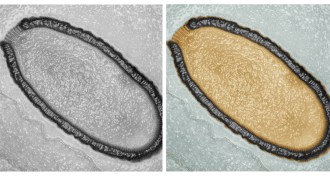 Life
LifeGiant zombie virus pulled from permafrost
After lying dormant in Siberian permafrost for 30,000 years, the largest virus ever discovered is just as deadly as it was when mammoths roamed the Earth.
By Meghan Rosen -
 Neuroscience
NeuroscienceMe, Myself, and Why
Me, Myself, and Why is an ambitious effort to dissect the hodgepodge of genetic and environmental factors that sculpt people’s identities.
By Meghan Rosen -
 Plants
PlantsAustralian flowers bloom red because of honeyeaters
Many flowering plants converged on similar a color to attract the common birds.
-
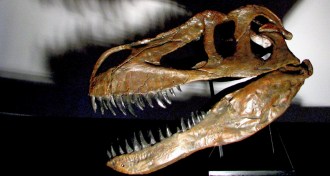 Paleontology
PaleontologyNew dino species named Europe’s top predator
At up to 10 meters long and weighing in at four to five tons, this Tyrannosaurus rex-like beast could have been the biggest predator to ever roam Europe and among the largest dinosaurs to walk Earth during the late Jurassic period.
-
 Neuroscience
NeuroscienceMusic doesn’t move some people
One study offers a glimpse into those who find no enjoyment in tunes.
-
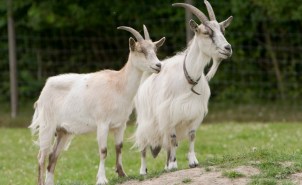 Animals
AnimalsChemical in male goat odor drives the lady goats wild
A new study shows that male goats exude pheromones from their skin that could make female goats ready to roll in the hay.
-
 Physics
PhysicsFlying snakes get lift from surrounding air vortices
When a paradise flying snake leaps into and glides through the air, it’s getting lift from small, swirling vortices in the air around it.
-
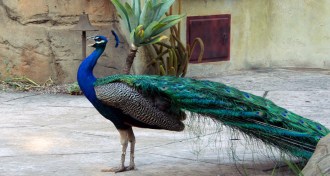 Animals
AnimalsPeacocks sometimes fake mating hoots
Peacocks may have learned a benefit of deception by sounding their copulation calls even when no peahens are in sight.
By Susan Milius -
 Neuroscience
NeuroscienceBrain uses decision-making region to tell blue from green
Language and early visual areas of the brain are not crucial for distinguishing colors, an fMRI study suggests.